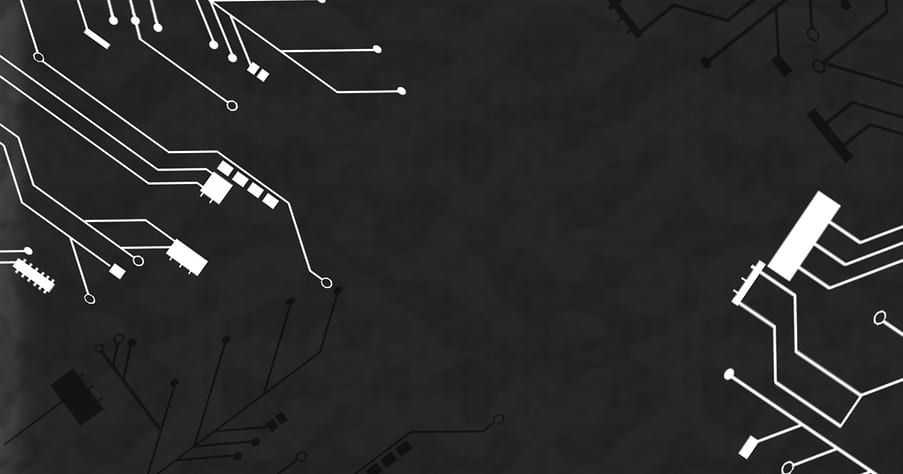
6 April 2023
An Introduction to Apache Spark and Databricks: What they are Used for and How to Get Started
Apache Spark and Databricks are powerful tools for processing large amounts of data and building scalable data applications. Apache Spark is a distributed computing system that can be used for a wide range of tasks, including data processing, machine learning, and graph processing. Databricks, on the other hand, is a cloud-based platform for data engineering, machine learning, and analytics that uses Apache Spark as its core engine.
In this guide, we will explore what Apache Spark and Databricks are used for and provide a step-by-step tutorial for getting started with these tools. We will also provide some use cases to help you understand how these tools can be applied in practice.
What are Apache Spark and Databricks Used for?
Apache Spark is a distributed computing system designed for processing large amounts of data in a distributed and parallel manner. It provides APIs for multiple programming languages such as Java, Python, and Scala, making it a popular choice among developers and data scientists.
Databricks, on the other hand, is a cloud-based platform built on top of Apache Spark. It provides an easy-to-use interface for working with Spark, as well as additional tools and services for managing data and building applications.
Together, Apache Spark and Databricks can be used for a wide range of tasks, including:
Data Processing: Apache Spark is commonly used for processing large volumes of data in real-time, including batch processing, stream processing, and interactive processing.
Machine Learning: Apache Spark provides machine learning libraries for tasks such as classification, regression, clustering, and collaborative filtering.
Graph Processing: Apache Spark provides graph processing APIs for tasks such as graph traversal, graph analytics, and graph processing.
Data Analytics: Databricks provides an interface for performing data analytics on large datasets, including data visualization, data exploration, and data modeling.
Getting Started with Apache Spark and Databricks
To get started with Apache Spark and Databricks, you will need to:
Install Apache Spark: You can download and install Apache Spark from the official website: https://spark.apache.org/downloads.html
Sign up for Databricks: You can sign up for a free trial of Databricks from the official website: https://databricks.com/try-databricks
Create a Cluster: Once you have signed up for Databricks, you can create a cluster by selecting the “Clusters” tab and clicking “Create Cluster”. You can choose the cluster type, size, and configuration based on your needs.
Import Data: You can import data into Databricks by selecting the “Data” tab and clicking “Add Data”. You can choose from various sources such as CSV, JSON, Parquet, and more.
Run Code: You can run code in Databricks by selecting the “Notebooks” tab and clicking “Create Notebook”. You can choose the programming language and enter your code in the notebook.
Use Cases
Here are some examples of how Apache Spark and Databricks can be applied in practice:
Fraud Detection: Apache Spark can be used to analyze transaction data in real-time and identify fraudulent transactions.
Customer Segmentation: Apache Spark can be used to segment customers based on their behavior, preferences, and demographics.
Predictive Maintenance: Apache Spark can be used to predict equipment failures and schedule maintenance before they occur.
Natural Language Processing: Databricks can be used to build natural language processing models for tasks such as sentiment analysis, text classification, and entity recognition.
Conclusion
In conclusion, Apache Spark and Databricks are powerful tools for processing large amounts of data and building scalable data applications. They can be used for a wide range of tasks, including data processing, machine learning, and graph processing. In this guide, we have explored what Apache Spark and Databricks are used for and provided a step-by-step tutorial for getting started with these tools. We have also provided some use cases to help you understand how these tools can be applied in practice.
If you are interested in learning more about Apache Spark and Databricks, there are several resources available that you can use to further your knowledge:
Official Documentation: The official documentation for Apache Spark and Databricks provides a comprehensive guide for getting started with these tools. You can find the documentation for Apache Spark here: https://spark.apache.org/documentation.html and for Databricks here: https://docs.databricks.com/

CONTACT
+44 (0)20 8446 7555
Copyright © 2025 JBI Training. All Rights Reserved.
JB International Training Ltd - Company Registration Number: 08458005
Registered Address: Wohl Enterprise Hub, 2B Redbourne Avenue, London, N3 2BS
Modern Slavery Statement & Corporate Policies | Terms & Conditions | Contact Us
POPULAR
AI training courses CoPilot training course
Threat modelling training course Python for data analysts training course
Power BI training course Machine Learning training course
Spring Boot Microservices training course Terraform training course